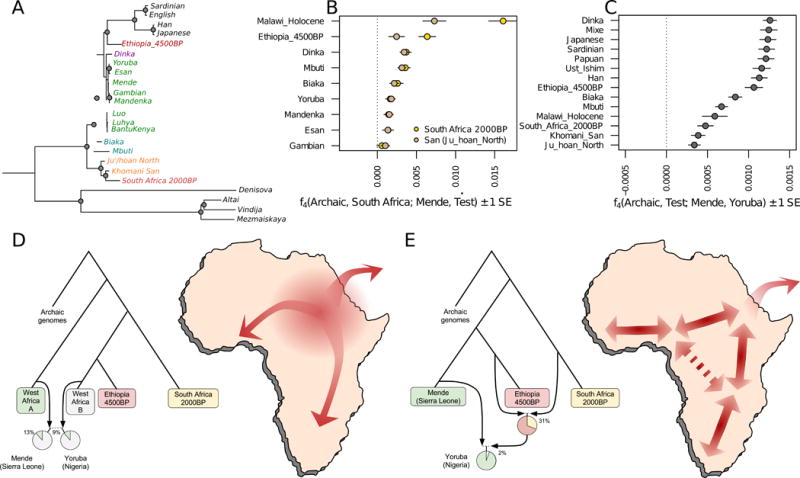Figure 3. Mixture events in the deeper population history of continental African lineages.

A) Maximum likelihood tree of genome sequences from present-day and ancient populations, excluding populations with evidence of asymmetrical allele sharing with non-Africans indicative of recent gene flow (Table S5). Nodes with bootstrap support > 95% are indicated with a circle. B) A symmetry test of the hypothesis that ancient southern Africans are an outgroup lineage to other African populations, which can be rejected for most pairs. C) Asymmetry between western African Mende and Yoruba in the 1000 Genomes Project data is maximized in the Yoruba’s excess affinity to eastern Africans and non-Africans, but highly significant also for groups as distant as southern Africans. D) Admixture Graph solution where Mende from Sierra Leone and Yoruba from Nigeria have ancestry from a basal western African lineage. The other source of western African ancestry is most closely related to eastern Africans and non-Africans (Fig. S5D), which could be consistent with an expansion from eastern Africa. Note that the exact proportion ‘West Africa A’ ancestry is not well constrained by the model, but the difference between Yoruba and Mende is highly significant (panel C). E) Admixture graph solution where the Yoruba have gene flow from a population related to both southern and eastern Africa, which could be consistent with a more complex pattern of isolation-by-distance in the continent.
